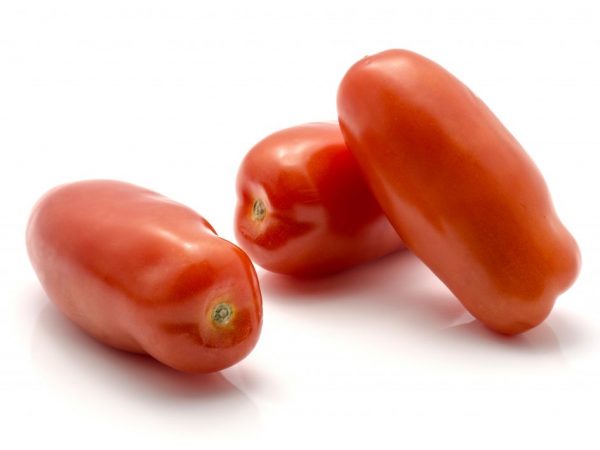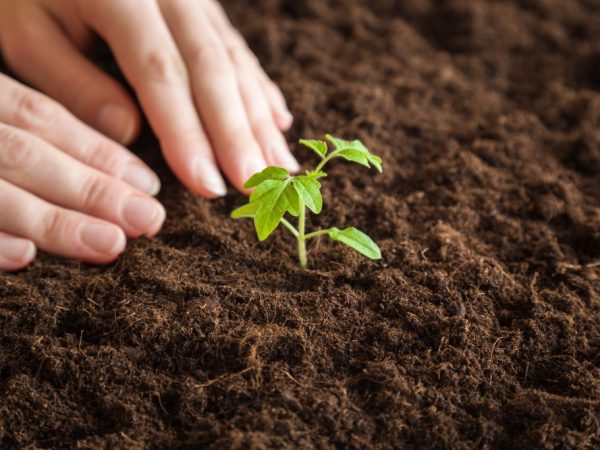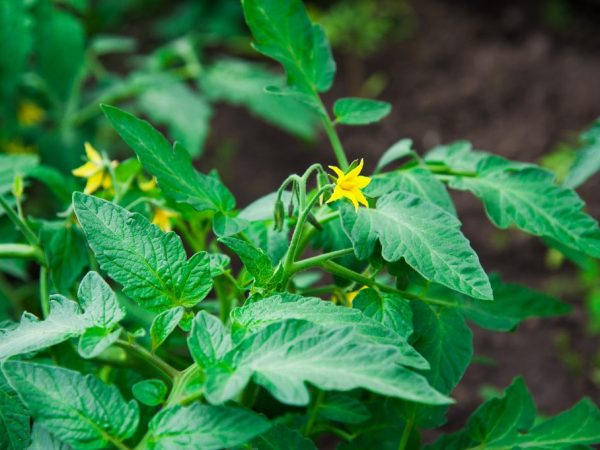Characteristics of the variety of tomatoes Siberian surprise
One of the varieties created for growing in northern conditions is the Siberian surprise tomato. Heated greenhouses with a subsoil cushion of fresh manure contribute to a rich harvest.

Characteristics of the variety of tomatoes Siberian surprise
Characteristics of tomatoes
The Siberian variety Siberian Surprise has a number of characteristics:
- adaptation to the peculiarities of the weather;
- the ability to grow both in greenhouses and in the open field;
- indeterminacy;
- medium early ripening, good yield;
- resistance to almost all types of viruses and diseases.
Each bush is capable of producing up to 9 kg of delicious fruits.
Description of the plant
Bushes of the Siberian surprise usually form 2 stems. The stems of the plant are abundantly covered with tough green leaves that can be thinned out.
Each stem contains more than 8 clusters with 10 flowers. The variety is self-pollinating, so all flowers set fruit. When ripe, they turn bright red. The shape of the fruit is pepper-shaped, sometimes with a pronounced tip or spout. Fruit weight - about 150 g.
Conditions for growing tomatoes
In the middle zone of the country and to the south, this vegetable can be grown in open ground and in greenhouses. The main conditions for the successful development of plants are:
- adequate lighting;
- temperature within 25 ° С;
- humidity;
- fresh air access.
All this can be achieved by planting seedlings when the threat of frost passes.

To grow tomatoes, you need to create comfortable conditions.
In permafrost regions, the foundation for future crops must be laid in the fall. For this, heated greenhouses are built. Fresh manure and plant matter, consisting of weeds and kitchen waste, are collected and placed in greenhouses. The mixture is spread about 50 cm high, covered from above with a layer of fertile soil up to 40 cm.
2 weeks before planting the seedlings, boiling water is poured into the bottom layer of the prepared soil through funnels. After a while, the mixture decomposes, giving off heat.
Before planting seedlings in a permanent place, maintain a temperature of about 25 ° C.
Seed preparation and sowing
The seeds are disinfected and hardened for successful germination.
First, they are soaked in a weak solution of potassium permanganate for 30 minutes, then washed. Clean seeds are laid out on a damp cloth and sprouts are waiting for sprouting. After that, they are kept at a temperature of -1 ° C for 3 days.
Drainage is poured into the container with a layer of up to 2 cm, on top of it is soil consisting of earth and humus. Seeds are evenly spread on a flat surface, sprinkled with soil by 1 cm, sprinkled with water and covered with glass. The temperature for seedlings should not be higher than 25 ° С and not lower than 15 ° С.
Seedling care
After the emergence of seedlings, the second pair of leaves is awaited and the plants dive. For two months they observe the seedlings and water the plants when the soil begins to dry out.If there is little light, they turn on additional combined lighting: fluorescent lamps plus incandescent lamps.
Landing in a permanent place
The condition of the soil and the temperature in the greenhouses must be monitored: if everything is correct, the holes are marked so that 1 sq. m there were 4 seedlings of seedlings. Tomato does not tolerate planting density, in which there is no air circulation. After disembarkation, the Siberian surprise is tied to the supports.
Plantings are sprayed with boric acid solution to relieve transplant stress. The tomato is watered with warm water. If necessary, fertilize after rooting.
Tomato care
According to the description, the main components of plant care are:
- constant control of the room temperature;
- watering seedlings;
- weeding and loosening;
- fertilizer;
- prevention of viruses and diseases.

When watering, do not pour water on the leaves and stem of the plant.
In a greenhouse, a stable temperature is maintained between 18 ° C and 30 ° C. At low temperatures, plant growth is inhibited, and at high temperatures, flowers and ovary crumble. The bushes are formed into 2 trunks so that the tomato grows freely. For this, the first stepson is left. All others are deleted. The brush is formed at level 7 of the leaf.
It is necessary to water the tomatoes abundantly, but not more often than 3 times every 10 days. The water should be warm, only get into the root area. If there is moisture on the leaves, they will begin to rot and crumble.
To get enough nutrients, tomatoes are fertilized. Various chemicals are used. Only wet soil is watered with fertilizers, otherwise there is a threat of chemical burns of the rhizome. Weeding the plants is necessary to get rid of the weeds. If they are not there, the soil is loosened after watering. The hard crust that forms on the surface prevents free air circulation in the soil. This prevents the tomatoes from developing fully and preserving the harvest.
Disease prevention and control
From late blight and gray rot, prophylaxis with Fitosporin is carried out. Fundazol protects from the occurrence of fusarium, Bravo helps from Brown spot.
If the plants get sick, they are urgently treated. If gray spots and edges appear on the stem and leaves, the plant is attacked by gray rot. In this case, it is treated with fungicides, which also help fight dry spotting.
When the fruits are affected, drugs are used, which include copper or sulfur. It can be copper sulfate and colloidal sulfur. Systemic fungicides Fundazol or Kumir save from a whitish coating of powdery mildew.
Conclusion
You can harvest a good harvest of Siberian Surprise tomatoes only if you follow the rules of care.


